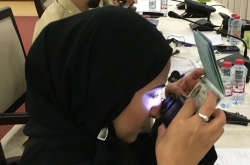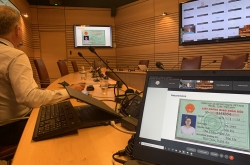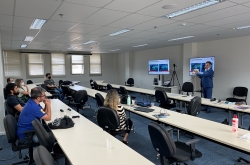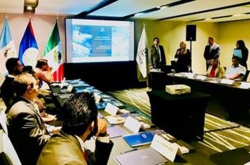Coordinated by INTERPOL, this international research project examines microscopic differences in written works and ink age in order to identify if, how and when a document was forged or falsified. Even the smallest detail can have significant consequences in an investigation.
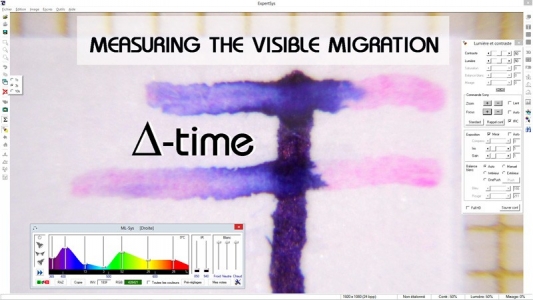
The project uses newly developed techniques to examine where two lines cross in written works, in order to identify any ‘physical’ differences, such as visible and invisible migration of inks, or differences in the ‘chemistry’, or the chemical composition of inks.
120 forensic document examiners from 54 INTERPOL member countries participated in this international research project.
Developing a new standard
Following thousands of experiments, it was determined that ink used at different time intervals will react differently when examined under certain conditions. The project provides a proposed methodology which will enable investigators around the world to conduct examinations at a globally accepted standard.
This new approach is aimed at assisting criminal investigations into the age-old problem of forgery, such as the falsification of identity documents, wills, or even suicide notes, where previous chemical-based techniques often resulted in the destruction of the evidence.
The project is developed by INTERPOL in partnership with the International Academy for Handwriting and Documents (L’Académie Internationale des Experts en Ecriture et Documents – AIEED).
Related documents
Related news






